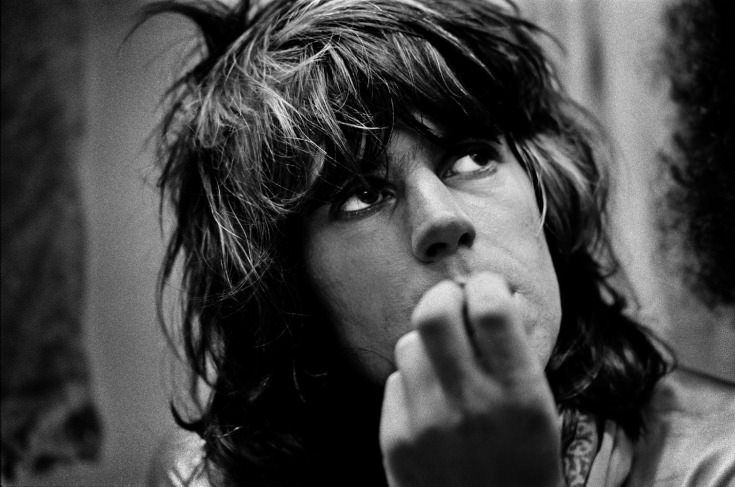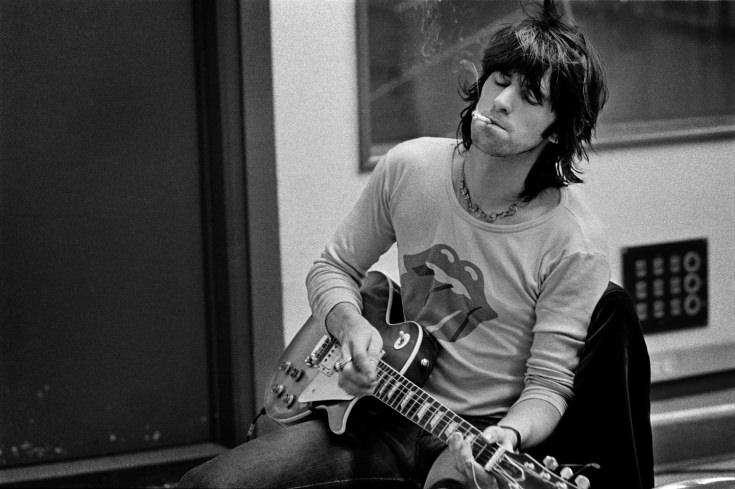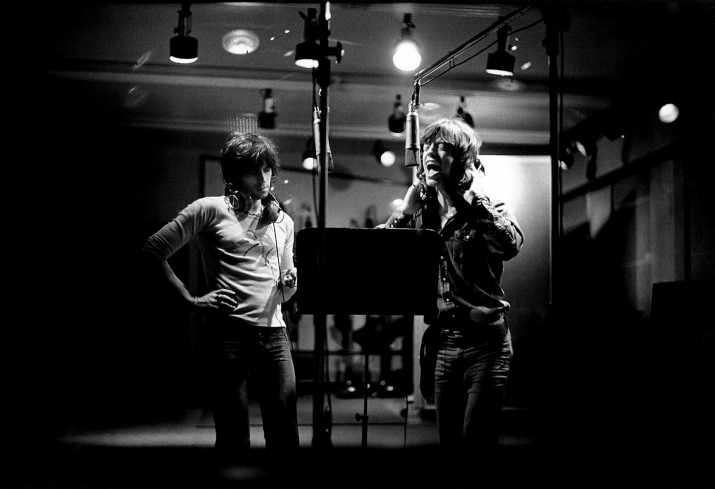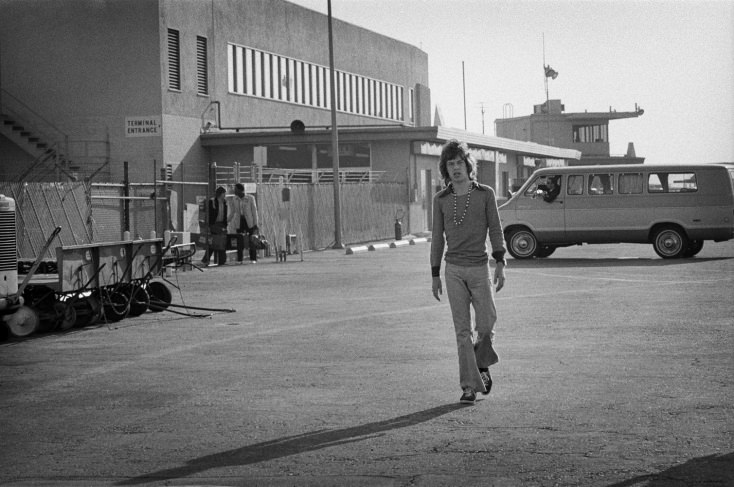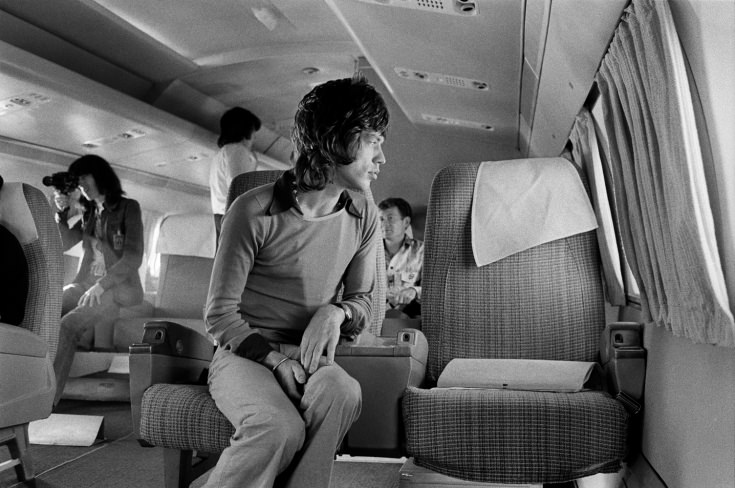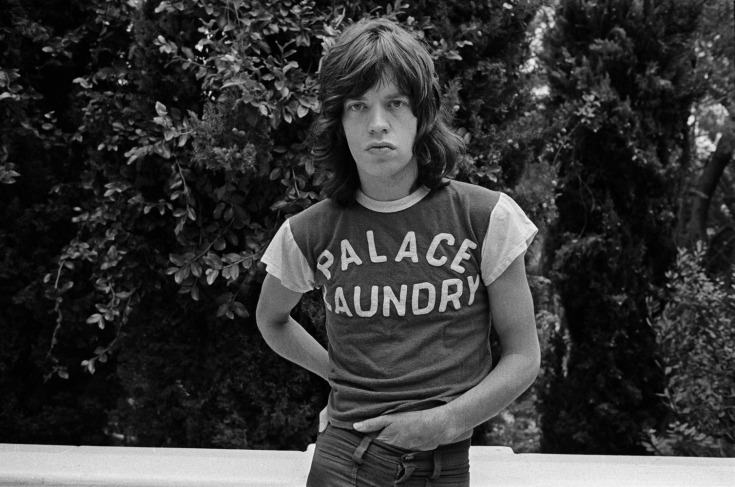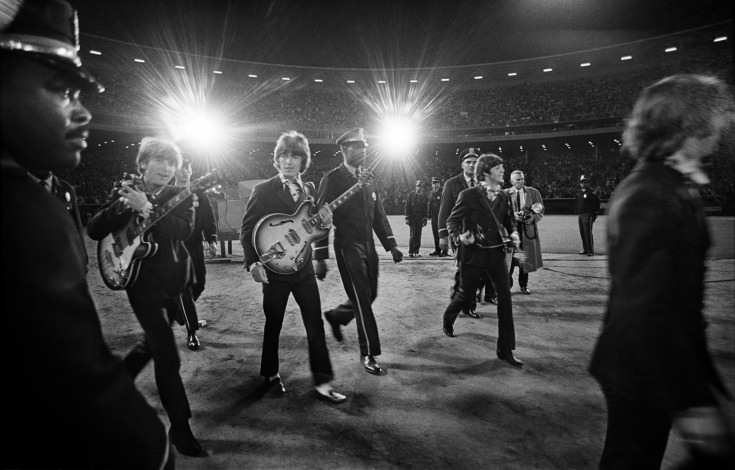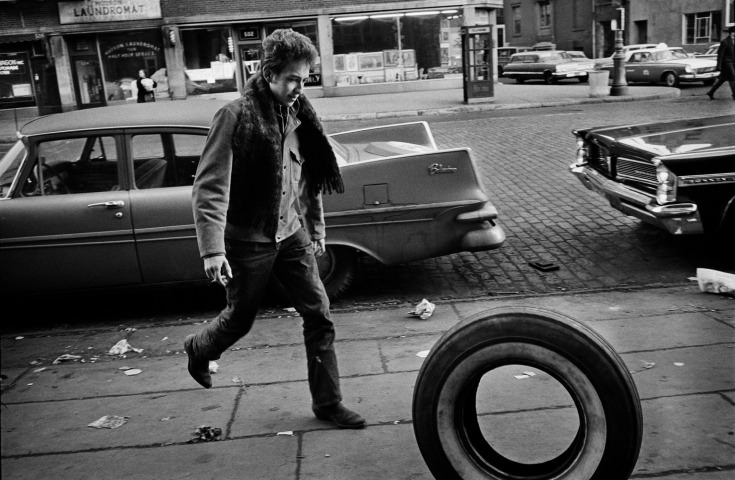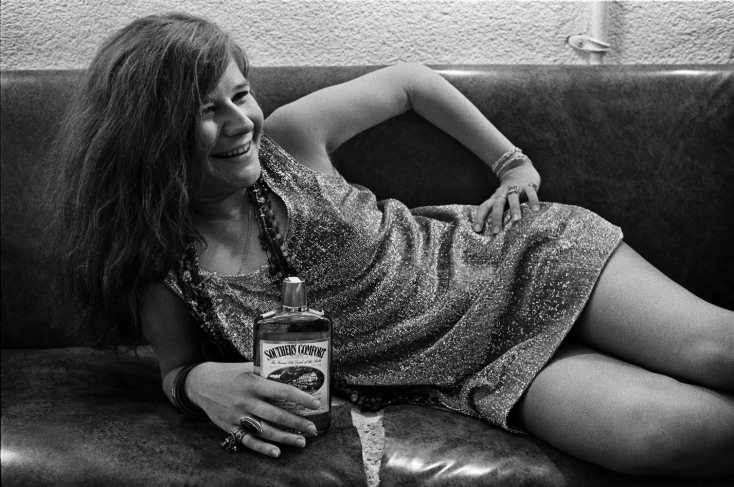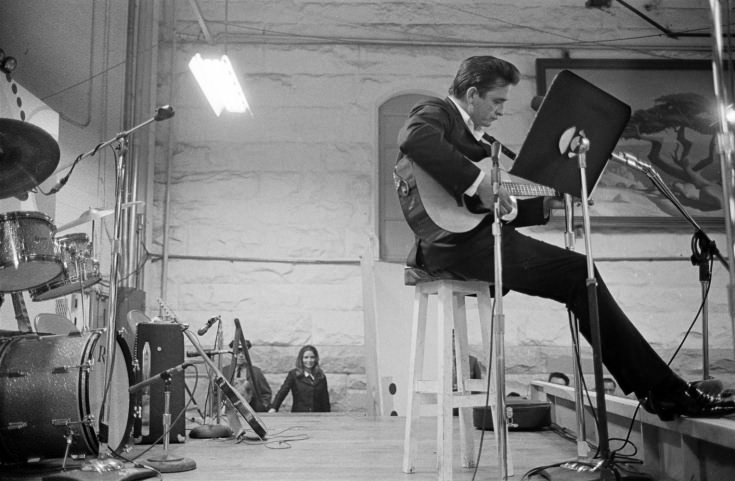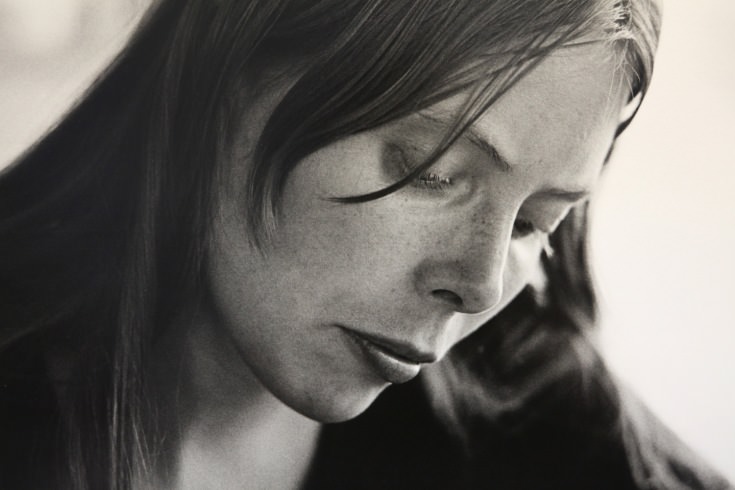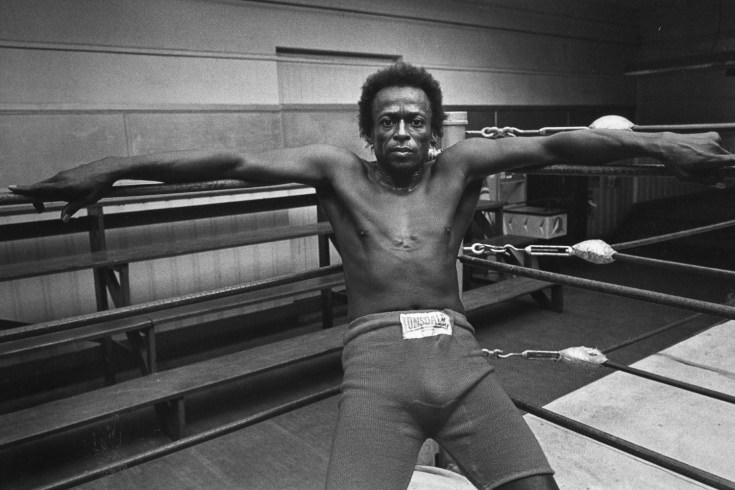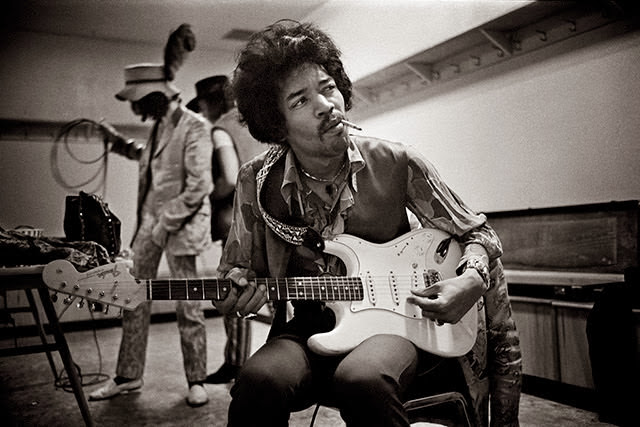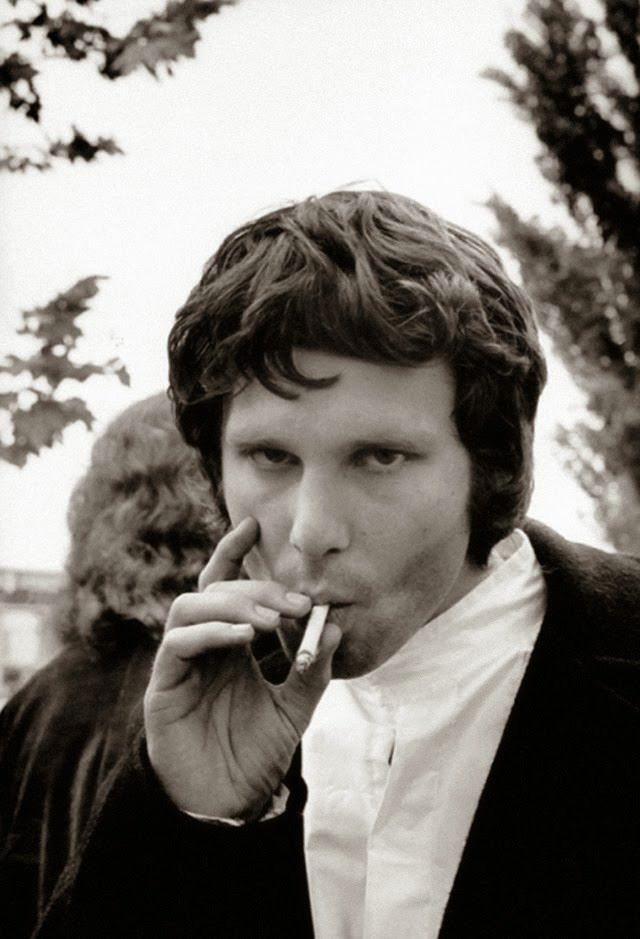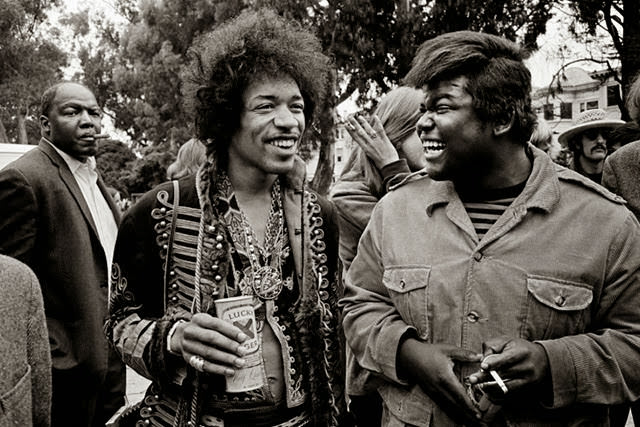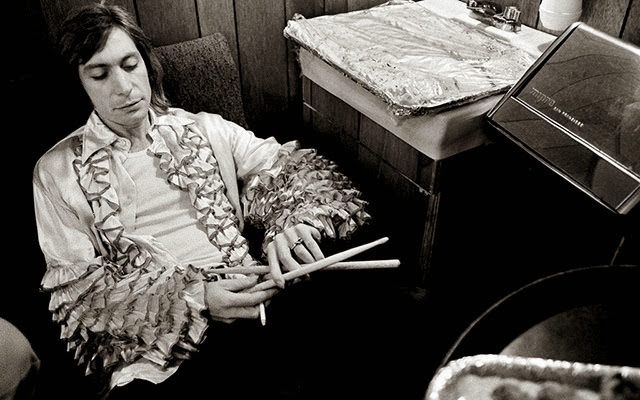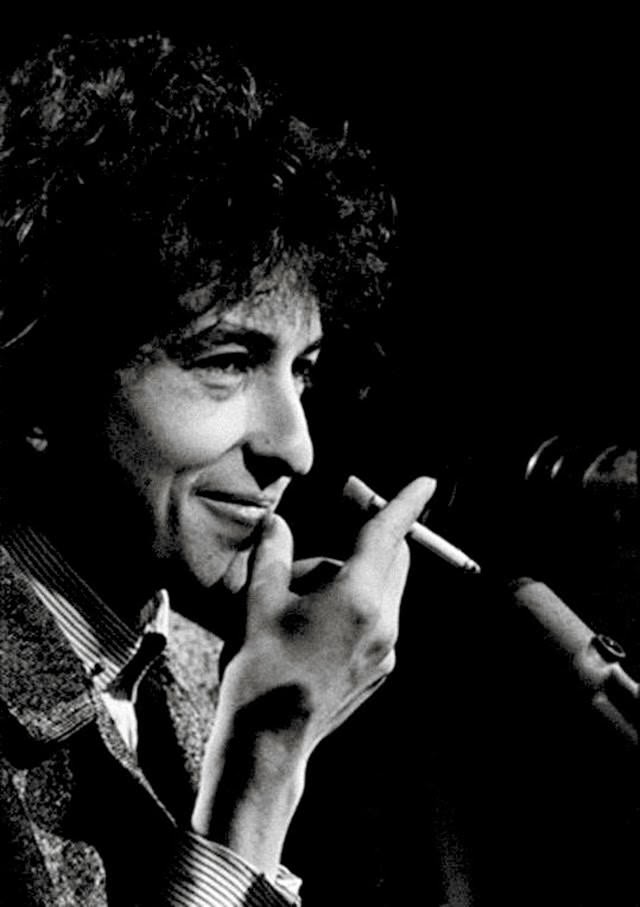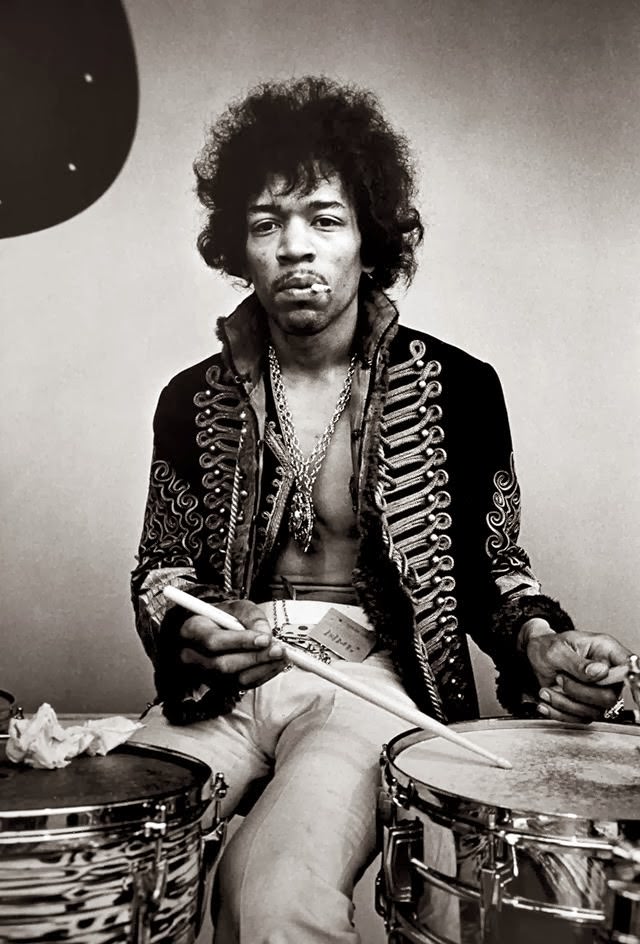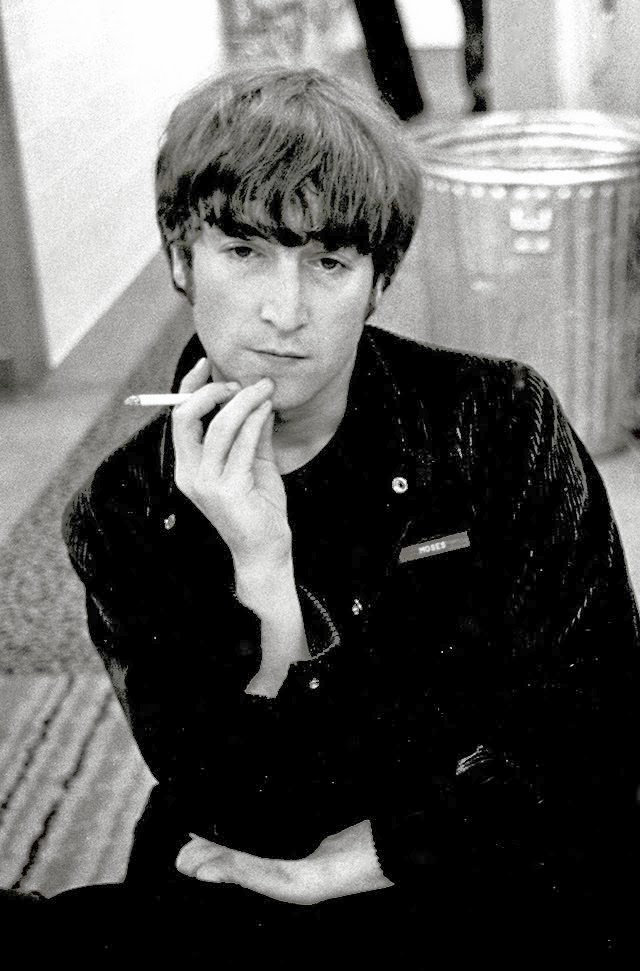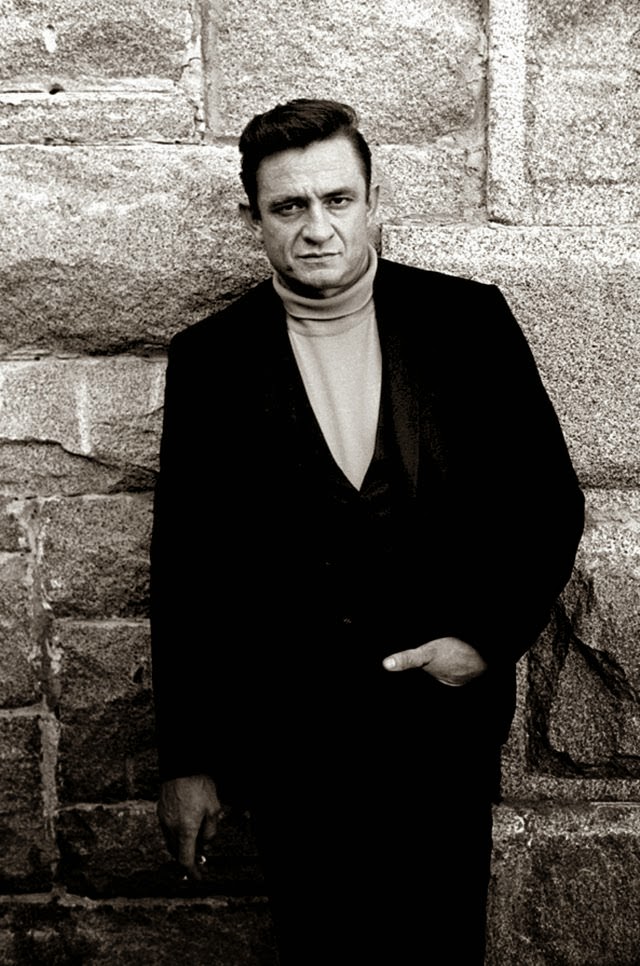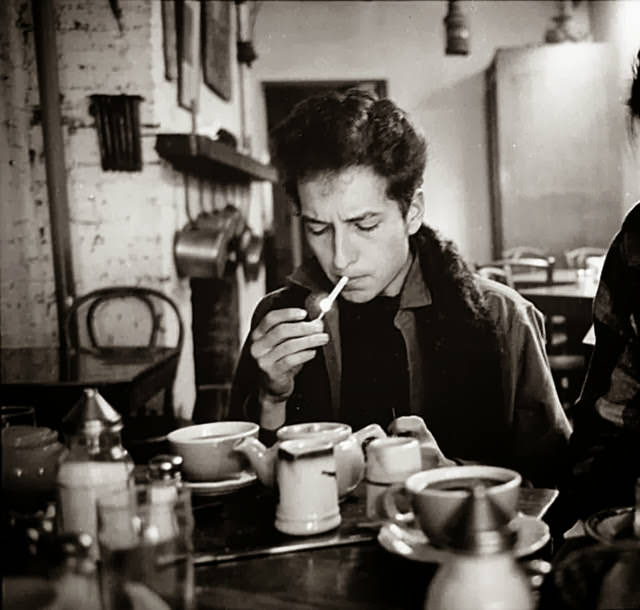Jim Marshall was a photographer who captured some of the most famous and intimate moments in rock and roll history. From the early 1960s to the 1970s, he photographed many of the biggest names in music. His access to these musicians was rare, and it allowed him to create images that no one else could. He wasn’t just snapping pictures at concerts. He was behind the scenes, getting personal shots that showed the human side of the legends we know today.
One of the most significant moments in Marshall’s career came in 1966. He was the only photographer allowed backstage at The Beatles’ last concert at Candlestick Park in San Francisco. This was a huge moment in music history, and Marshall’s photos captured it in a way that no one else could. His skill lay in being able to blend in, making the musicians comfortable enough to let their guard down. His photos of The Beatles from that concert show the band not just as performers, but as people on the brink of a major turning point in their lives and careers.
Marshall’s connection to the musicians went deeper than just being a photographer at the right place and time. He had a gift for building trust with the people he photographed. This trust allowed him to take pictures that felt natural and unposed. For example, his famous photo of Johnny Cash giving the middle finger to the camera at San Quentin Prison has become one of the most iconic images in music history. It’s raw, rebellious, and completely authentic. Cash didn’t have to fake anything because he trusted Marshall to capture the moment exactly as it was.
Read more
His access didn’t stop with The Beatles or Johnny Cash. Marshall was also the chief photographer at Woodstock in 1969. Woodstock wasn’t just a concert; it was a defining moment for an entire generation. Marshall’s photos from Woodstock capture the energy, the chaos, and the spirit of the festival. He photographed everyone from Jimi Hendrix to Janis Joplin, capturing both their performances and their off-stage moments. His images from Woodstock are some of the most well-known representations of that era, showing the musicians and the crowd in a raw, unfiltered way.
He had a way of catching quiet moments that revealed the personalities of the musicians he photographed. One example is his portrait of Bob Dylan sitting in a car, staring directly into the camera with a cigarette in his hand. There’s a certain stillness and intensity in that photo that captures something deep about Dylan’s character. It’s not flashy or loud, but it says a lot about who Dylan was at that time.
Marshall’s work wasn’t limited to rock musicians, either. He photographed jazz legends like Miles Davis and John Coltrane, as well as country stars. His portfolio is a broad and diverse collection of music history, spanning across different genres and time periods. What ties all of his photos together is the way they capture the essence of the person in the frame. Whether it’s a jazz artist lost in the music or a rock star basking in the glow of a crowd, Marshall’s photos go beyond just documenting events. They tell stories.
Even though many of Jim Marshall’s photos became famous, a huge portion of his work has never been seen by the public. After his death in 2010, his estate began going through millions of unpublished negatives. These unseen photos are a treasure trove of music history, offering a glimpse into moments that the world never knew existed. Each photo holds the possibility of revealing something new about a musician we thought we already knew.


